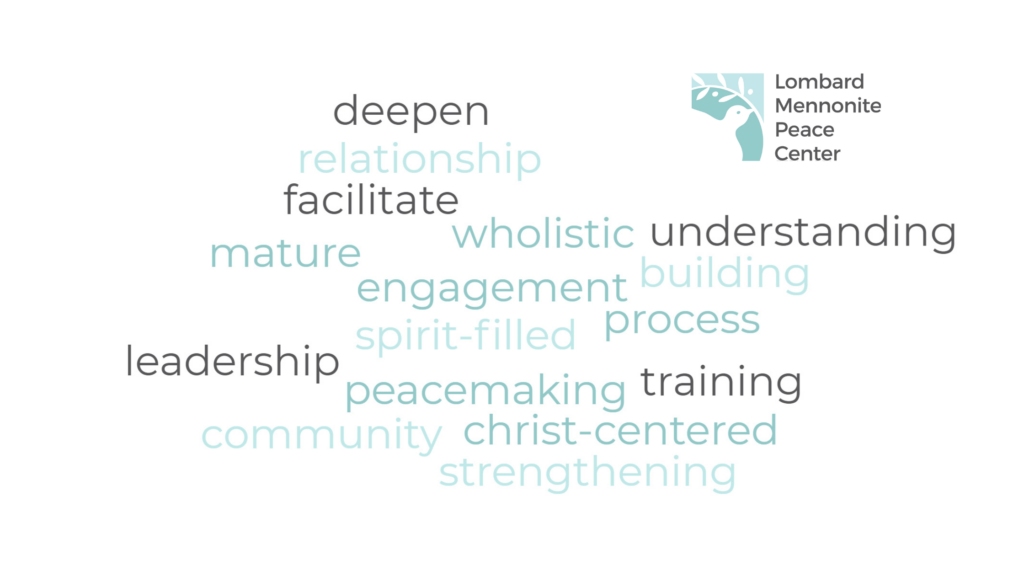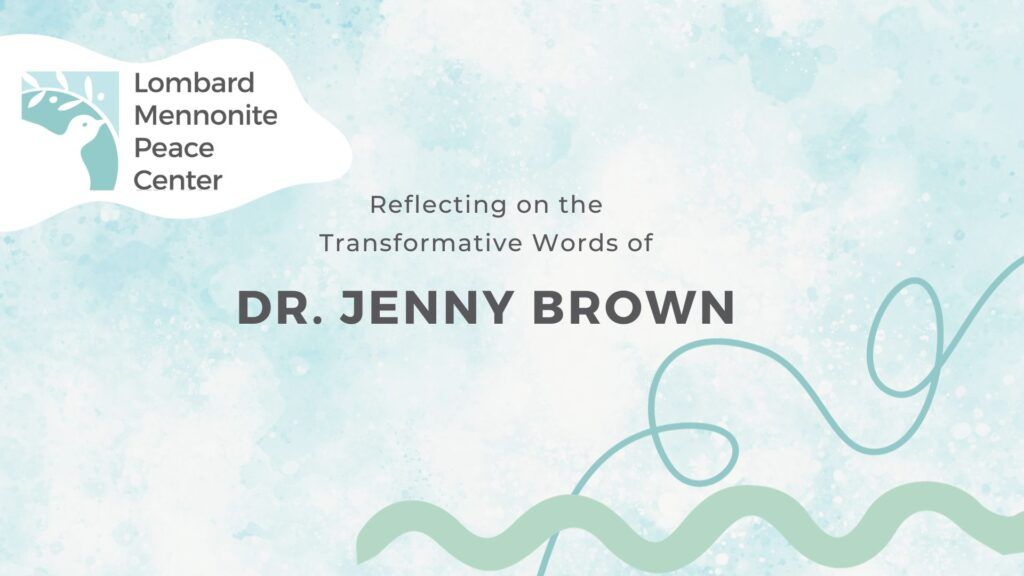
Last week Tammy Martens wrote about the use of family diagrams as a tool for analyzing family emotional systems, “for observing the family as it adapts to life”. There is what David Ford called “multiple overwhelmings” (The Shape of Living) in life today that impact family and congregational life from the outside. These are events that happen, often more than one at time, over which we have no control. These events, like conflict, are a normal part of life. How we deal with these events, sense the movement of the Spirit through them and make meaning of them in our lives is where theology can guide us. Having a structured process to support that thinking when under stress is beneficial.
Peter Steinke points out that no generation has had to face greater and more prolonged change than the present one (Healthy Congregations). The Visual Capitalist has wonderful graphic representations of the speed of change (Long Waves: The History of Innovation Cycles – Visual Capitalist and Chart: The Rising Speed of Technological Adoption (visualcapitalist.com)), illustrating why our absorption capacity is full. The result is we as individuals, organizations, and society, are engaging in trauma responses: cutting off relationships, numbing, acting out, blaming, getting tired and depressed, and having a reduced capacity for positive emotions like trust and love.
One of the basic structures in our society is the family unit. It serves as an organizational and value-shaping entity for us, positively or negatively. Author Joshua Coleman identified a fundamental change in the function of the family itself starting in the 1960s, shifting from what was “once seen as a bond of mutual duty and obligation, and now its seen as a launchpad for personal fulfillment.” (Rules of Estrangement). This changed the idea of right relationship and its associated values from ones focused around responsibility to others (often defined by faith) and re-centered on care for the self, first (faith optional). One of the challenges for addressing multiple overwhelmings today is the very structures that we relied on to frame our experiences have shifted.
How can one sense where the Spirit is moving when our senses are dulled and overwhelmed? The gurus of the 1960s were not wrong in placing value on self-knowledge. We cannot help others if we ourselves are hurting. We do need to take time for connecting with our values. But ultimately, we also need to come together again. Families, traditional and modern, can root for the individual growth of their members. Congregations can find new direction in-line with changing realities. Societies can discuss what’s working and what’s not via their governments and shift their policies.
The Lombard Mennonite Peace Center offers structured processes and expert facilitators to help fractured groups work through change, difference, and trauma. Having a system to follow can help mitigate anxiety knowing a tested system will encompass all concerns and hold places for naming, grieving, healing, and dreaming again. It can take time to discern the right path but reconnecting with ourselves will help with future engagement. Being able to lead with an informed response developed from self-examination rather than inflamed raw reaction is the key.
— Dorren Gertsen-Briand
Share Article




